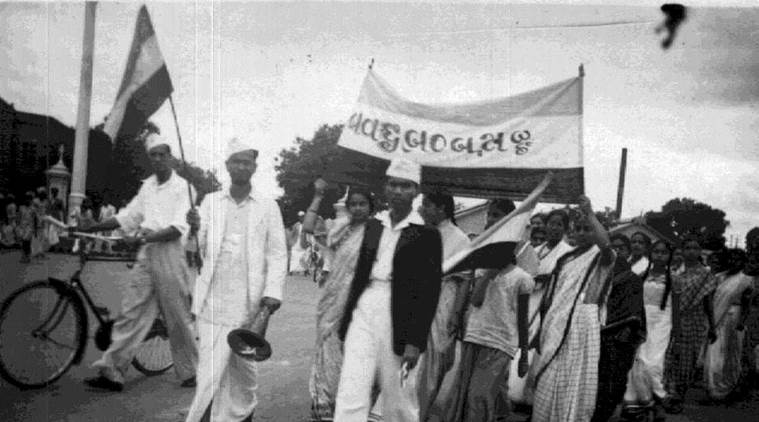 The real strength of the Quit India Movement lay in the masses who participated in it
The real strength of the Quit India Movement lay in the masses who participated in it
The 78th anniversary of the Quit India Movement, famously known as the August Revolution in the history of India’s freedom movement, falls on August 9. On the occasion of the movement’s 75th anniversary, celebrated three years ago, almost all political parties had organised several programmes in memory of the martyrs of the August Revolution. According to a letter written by Ram Manohar Lohia to the Viceroy Linlithgow, the British government had killed 50,000 patriots and injured many more during the movement.
Prime Minister Narendra Modi, while observing the occasion, gave a call for the revival of the spirit of the Quit India Movement by coining a new slogan “karenge aur karake rahenge” in place of Gandhi’s slogan of “karo ya maro”. The PM’s slogan was given to achieve the goal of building a “New India” by 2022.
One can argue, based on historical facts, that the PM’s call is incompatible with the original spirit of the Quit India movement. The Rashtriya Swayamsevak Sangh had after all opposed the struggle of Independence as being inspired by an incorrect spirit.
The communists had also opposed the movement. But they are more honest. Although the Communist Party of India (CPI) had apologised to Gandhi and the Congress later for its role, even today most communist leaders and intellectuals argue that their opposition to the movement was based on international conditions. Some even consider the Independence of India in 1947 more a consequence of international conditions and not a direct result of the Indian people’s struggle.
The real strength of the Quit India Movement lay in the masses who participated in it. Ram Manohar Lohia has written, quoting Leon Trotsky, “… barely one per cent of the Russian population took part in the Russian Revolution. In our Revolution, no less than 20 per cent of our people took part.”
The Quit India resolution was passed on August 8, 1942. Aruna Asaf Ali hoisted the tricolour on the Gowalia Tank ground and on August 9 night, the senior leaders of the Congress were arrested. Due to the arrests, an action plan for the movement was made. The relatively young leadership of the Congress Socialist Party (CSP) was active, but it had to go underground. Jayaprakash Narayan (J P) wrote two long letters from unknown places to provide guidance and encouragement to the revolutionaries and to explain the character and method of the movement. It can be said that the public was its own leader during the movement.
On the 25th anniversary of the movement, Lohia wrote, “9th August was and will remain a people’s event. 15th August was a state event… 9th August 1942 expressed the will of the people — we want to be free, and we shall be free. For the first time after a long period in our history, crores of people expressed their desire to be free… Anyhow, this is the 25th anniversary of 9th August 1942. It should be celebrated well. Its 50th anniversary perhaps will be celebrated in such a way that 15th August will be forgotten, and even 26th of January will be put into the shade, or only equal it.”
Lohia did not live to see the 50th anniversary of the August Revolution. His belief that people will listen to him after his death has been proved a misconception. The 50th anniversary came in 1992, a year after new economic policies had been introduced. These policies opened the country’s doors to domestic and foreign multinationals. And a 500-year-old mosque was demolished in the name of Lord Rama. Since then, due to the nexus of neoliberalism and communalism, the ruling class of India has become a bitter enemy of the Indian people. The same people who paved the way for Independence and made India a socialist, secular, democratic republic.
The constitutional foundations of the Republic of India have become almost hollow in the last three decades. One of the results of this phenomena could be seen when the foundation of a religion-based New India was laid on August 5 in Ayodhya by the prime minister – after a Supreme Court decision.
The PM’s much-glorified New India, in fact, began to take shape in 1991-1992. In the last nearly three decades, the sovereignty and resources of the country, and the constitutional rights of the public have been snatched. The spirit of freedom struggle, including that of the Quit India Movement, is being misused to building this New India. “Lohia Ke Log” (Men of Lohia) too are involved in this venture.
The writer teaches Hindi at Delhi University